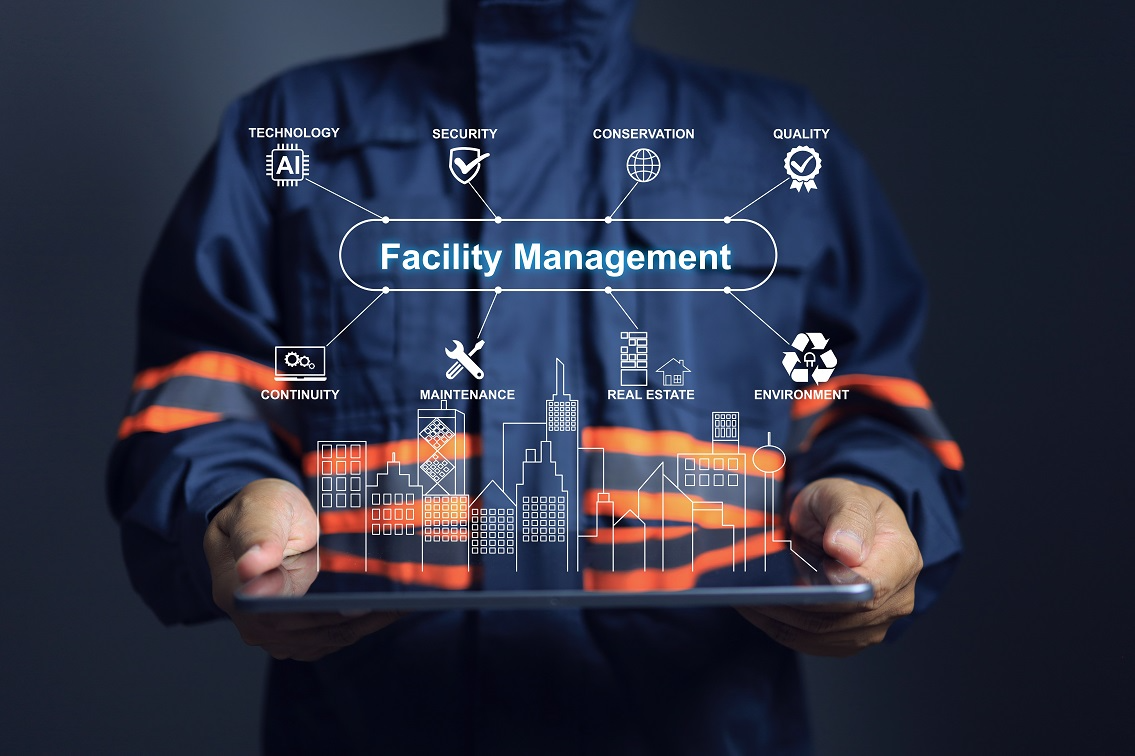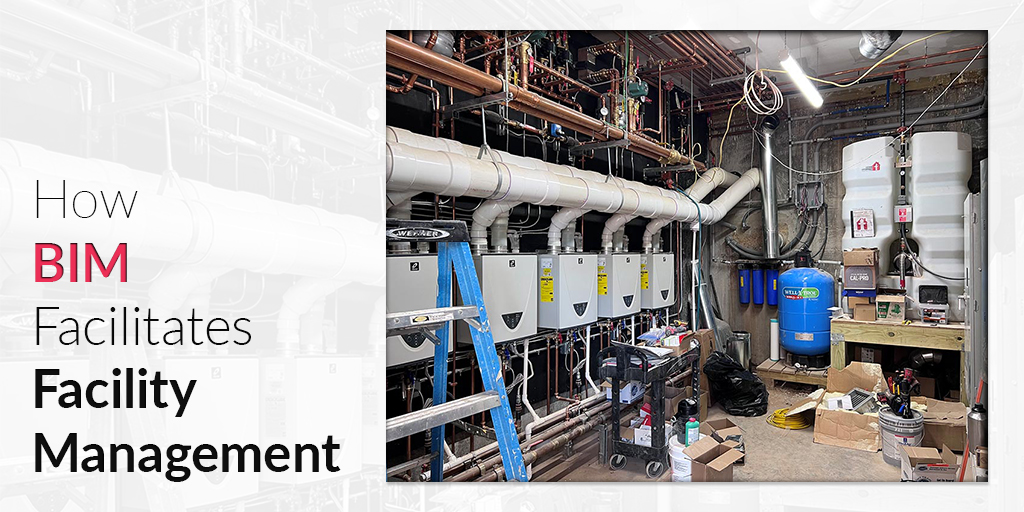Just How Facility Management Boosts Office Performance
The Necessary Overview to Facility Management: Techniques for Success
Center administration plays an essential duty in the general success of a company, serving as the backbone that supports safety, productivity, and effectiveness. The subtleties of reliable center management prolong beyond simple logistics and call for a comprehensive understanding of both measurable and qualitative metrics.
Recognizing Center Management
What constitutes effective facility administration? Efficient center administration incorporates the control of numerous business features to make certain that built environments are safe, efficient, and conducive to productivity. It integrates the concepts of design, service, and design administration to produce a seamless operational circulation within a company.
Secret components of facility management include area preparation, maintenance management, and compliance with health and wellness policies. Area preparation concentrates on maximizing making use of physical resources to support business objectives, while upkeep monitoring ensures that facilities are kept in ideal condition, maximizing lifespan and decreasing operational expenses. Conformity with lawful and regulative criteria is critical, as it safeguards the organization versus possible liabilities and enhances its reputation.
Additionally, effective facility management relies upon the strategic usage of modern technology, such as Structure Monitoring Equipment (BMS) and Computer-Aided Center Administration (CAFM) tools. These innovations help with real-time monitoring of building systems and simplify upkeep procedures (Facility Management). Eventually, an extensive method to facility monitoring not just promotes operational performance however likewise fosters a favorable setting for site visitors and workers alike, driving general business success

Secret Strategies for Optimization
Enhancing center management needs a critical approach that straightens functional practices with business objectives. To achieve this, the first crucial approach is the implementation of integrated technological solutions. Utilizing innovative software systems permits real-time surveillance of facility procedures, promoting data-driven decision-making and enhancing general performance.
Secondly, normal assessments of facility performance are necessary. Performing regular inspections and audits allows facility managers to determine locations that require renovation, making certain that resources are allocated efficiently. This positive technique assists in decreasing downtime and boosting solution distribution.
An additional essential approach is fostering collaboration throughout divisions. By urging open interaction in between groups, facility managers can better straighten their approaches with organization objectives, bring about boosted functional synergy. Additionally, engaging team in training programs advertises a society of responsibility and improves their ability to contribute to optimization initiatives.
Enhancing Safety And Security Methods
Enhancing security protocols is essential for developing a safe and secure atmosphere within facilities. A comprehensive safety and security method not only protects staff members and site visitors however likewise enhances functional effectiveness. Facility Management. To attain this, facility managers must perform regular threat assessments to ensure and identify prospective hazards that ideal measures are in place

Additionally, clear communication channels must be established to report safety issues quickly. This includes producing an easily accessible system for workers to articulate prospective dangers or occurrences without concern of . Leveraging modern technology can improve security steps; for instance, applying monitoring systems and gain access to controls helps keep track of center tasks and restrict unauthorized entry.
Finally, compliance with local policies and market requirements is non-negotiable. Routine audits and testimonials of security methods make sure alignment with current regulations and best methods. By prioritizing these methods, center supervisors can cultivate a society of security that safeguards all stakeholders and inevitably adds to the organization's success.
Improving Work Environment Environment
A favorable workplace setting considerably boosts worker spirits and efficiency, making it a crucial emphasis for facility administration. To create such an atmosphere, center managers must prioritize a number of key aspects, consisting of see functional designs, aesthetics, and worker engagement.
Ergonomic considerations are necessary to reduce physical pressure and pain. This involves supplying adjustable furniture, appropriate lights, and adequate area for activity. These adjustments can result in minimized absence and increased task contentment.
Visual appeals play a crucial duty in shaping the workplace environment. Using shade psychology, all-natural lights, and greenery can foster a welcoming and promoting setting. Attentively designed spaces can increase imagination and enhance general wellness.
In addition, urging staff member engagement through inclusive decision-making processes can enhance the feeling of possession view and belonging. Collecting responses on office renovations and entailing staff members in the layout procedure can bring about an extra customized atmosphere that satisfies their requirements.
Finally, promoting well-being initiatives, such as health cares and leisure areas, can additionally add to a supportive workplace society. By concentrating on these approaches, center managers can effectively boost the office atmosphere, driving both employee satisfaction and business success.
Determining Success in Facilities
Determining success in facility monitoring needs a detailed method that evaluates both qualitative and quantitative metrics. Quantitative metrics commonly consist of essential efficiency signs (KPIs) such as space application rates, energy intake, maintenance costs, and tenancy levels. These metrics give a clear image of operational effectiveness and financial efficiency, allowing center managers to recognize areas for renovation and criteria versus market criteria.
Qualitative metrics, on the other hand, concentrate on individual contentment and worker involvement. Surveys and responses systems can determine exactly how well the centers meet the requirements of occupants, assisting to assess the general office atmosphere. This facet is essential, as a completely satisfied workforce is commonly connected to enhanced performance and retention rates.
To efficiently gauge success, center managers must additionally consider incorporating technology, such as constructing monitoring systems and data analytics tools, to gather and evaluate relevant data. Regularly examining both collections of metrics permits an extra well balanced view of performance and notifies strategic choices. Ultimately, an effective facility monitoring strategy rests on a commitment to continuous renovation, guaranteeing that both functional effectiveness and individual satisfaction are prioritized.

Conclusion
Finally, reliable facility monitoring is critical for useful site improving organizational performance. By executing incorporated technical solutions, performing routine analyses, and promoting partnership across departments, companies can accomplish optimum source allocation and operational effectiveness. Focusing on security methods and boosting office atmospheres better add to increased worker complete satisfaction. Ultimately, determining success via both qualitative and measurable metrics enables constant improvement, eventually leading to minimized functional costs and a much more productive organizational ambience.
Facility management plays a vital duty in the total success of a company, offering as the backbone that supports safety, efficiency, and efficiency.Trick components of center administration include area planning, maintenance management, and conformity with wellness and safety and security guidelines.Moreover, efficient facility management relies on the strategic usage of modern technology, such as Building Administration Systems (BMS) and Computer-Aided Center Monitoring (CAFM) devices. Ultimately, a comprehensive approach to center administration not only promotes functional effectiveness but additionally cultivates a positive environment for staff members and site visitors alike, driving general organizational success.
Inevitably, an effective facility monitoring method hinges on a dedication to constant improvement, making certain that both operational efficiencies and customer complete satisfaction are focused on.